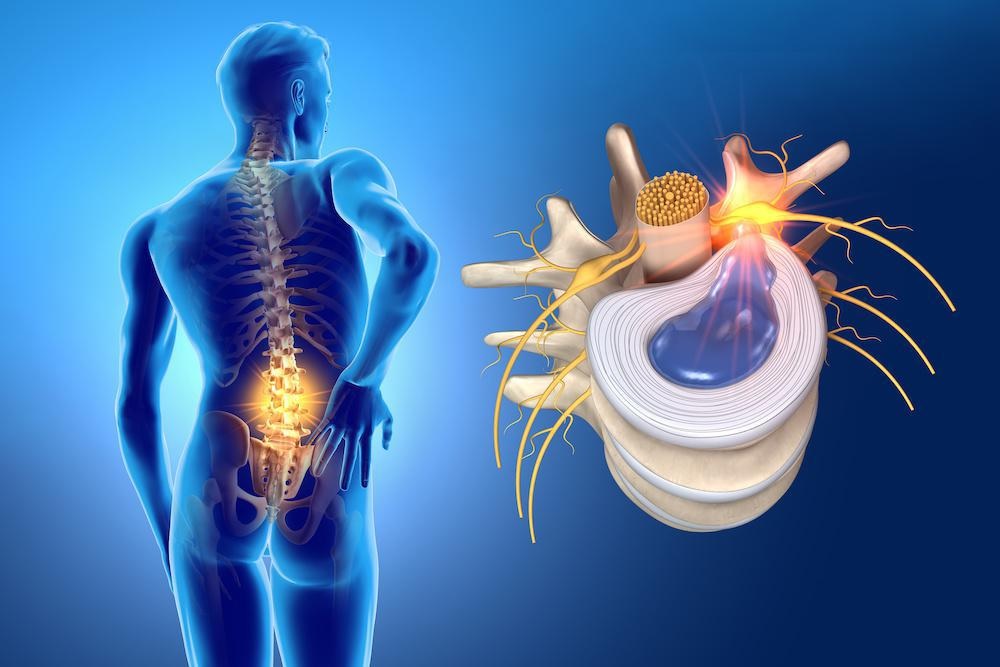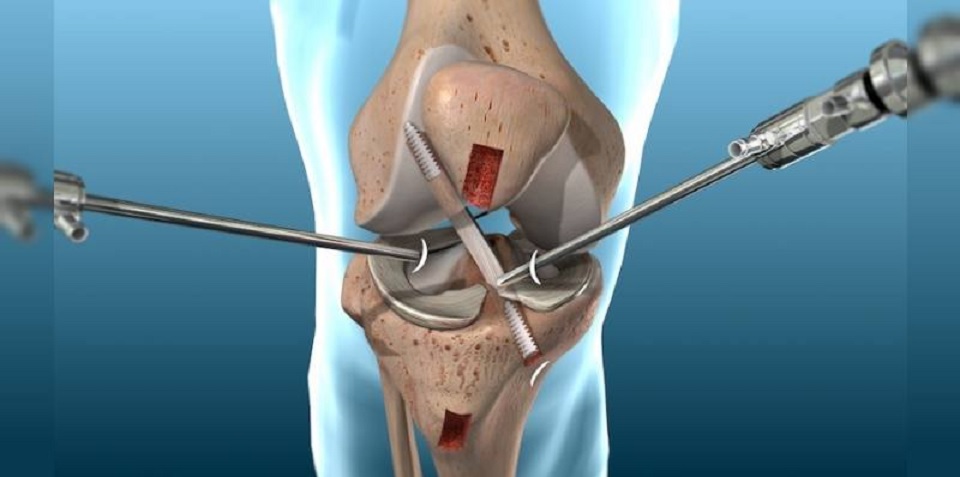The hip is one of the joints most affected by injuries and degeneration of bones and cartilage. For this reason, adequate treatment carried out by an orthopaedic surgeon in Dwarka is important, to help avoid chronic injuries that affect the patient’s quality of life.
What are the most frequent hip pathologies?
The hip is the joint that serves as a union for the femur and the pelvis, it is one of the joints of the human body most affected by age. In many cases, hip pathologies are due to degeneration of the bones and tendons.
Depending on the causes and symptoms, numerous hip injuries can be differentiated. One of the most common is hip bursitis, which is caused by inflammation of the synovial bag of the trochanter. The bursa protects the hip from impact and contributes to the mobility of the joint.
Trochanteritis is characterized by inflammation of the trochanter, which is the protruding femur located in the upper part of the leg. In these cases, the patient often experiences radiating pain down the leg.
Another of the most common hip injuries, especially among athletes, is hip groin pain. This pathology is produced by an affectation to the muscles of the inguinal area, caused by repetitive movements of the joint. Finally, hip osteoarthritis is one of the most common pathologies, which is characterized by the wear and degeneration of the hip bones, which can cause hip breaks or fractures.
Causes of hip injuries
Hip injuries do not have a specific cause, however, there are common causes observable in most patients with hip pathologies. First of all, muscular imbalances, that is, a progressive loss of strength in the hip muscles that increases the risk of injury. In these cases, it is common for the patient to also have a lack of flexibility in the area.
In addition, as has been mentioned, one of the most frequent causes of hip pathologies is age , which accelerates the degeneration of bones and cartilage, increasing the chances of suffering a joint injury.
Finally, overtraining or overexertion of the joint can be the cause of different injuries, since it causes muscle fatigue in the area.
Symptoms of hip pathologies
Usually, hip pathologies are manifested by acute pain in the joint that, on many occasions, radiates along the legs. It is common for this pain to appear accompanied by inflammation and immobility in the area, so the patient will experience difficulty in performing certain movements.
Sometimes, the patient may have a sensation of heat in the area, especially in those cases in which inflammation appears. As well as weakness and immobility in the hip and legs.
Diagnosis of hip injuries
When the patient goes to the best orthopaedic in Dwarka manifesting symptoms of a hip injury, in the first place, he will undergo a physical examination, in which the possible existing inflammation will be studied, as well as those points in which there is greater pain.
In most cases, especially those in which there is suspicion of hip rupture or fracture, it will be necessary for the patient to undergo diagnostic imaging tests, such as X-rays or magnetic resonance imaging, which will allow the available information to be expanded.
Best treatments for hip injuries
Once a complete diagnosis of the lesion has been made, the most appropriate treatment for each patient will be prescribed by orthopaedic in West Delhi. First of all, it is usually advisable to carry out a period of rest, which is accompanied by the application of cold in the area. The patient is usually prescribed an anti-inflammatory treatment, which helps to alleviate existing pain.
In cases of inflammatory and muscular injuries of the hip, treatment with physiotherapy can offer good results, since it contributes to the strengthening of the area and, therefore, reduces the risk of future injuries.
Surgery for hip injuries
In cases of advanced osteoarthritis, or hip breaks and fractures, the most common treatment is surgery. There are different types of hip surgery, one of the most common is hip replacement in Delhi the implantation of a prosthesis made of synthetic material, which can assume the function of the joint.
In other cases, it is decided to carry out a bone repair, through the implantation of screws and surgical material, which allows the joint to recover mobility.
Tips to prevent hip injuries
In those cases, in which hip injuries are caused by a degeneration of the joint, it is difficult to establish guidelines to avoid them. However, there are certain recommendations, which can be useful to protect the hip joint from injuries in the short and long term.
First of all, it is important to control body weight, since the higher the BMI, the pressure on the joint will be greater and, therefore, the risk of degeneration of bones and tendons, too. In addition, it is important to treat the injuries correctly and applying a treatment prescribed by an orthopaedic doctor in Delhi. In this way, the relapse of injuries will be avoided, as well as the appearance of new pathologies.
It is advisable to carry out exercises that help strengthen the hip musculature, as well as to avoid sports practices that suppose an excessive impact on the joint.
As explained, the treatment of hip injuries is essential to avoid the chronification of pathologies. By following certain guidelines, the chances of developing the lesion can be significantly reduced.









